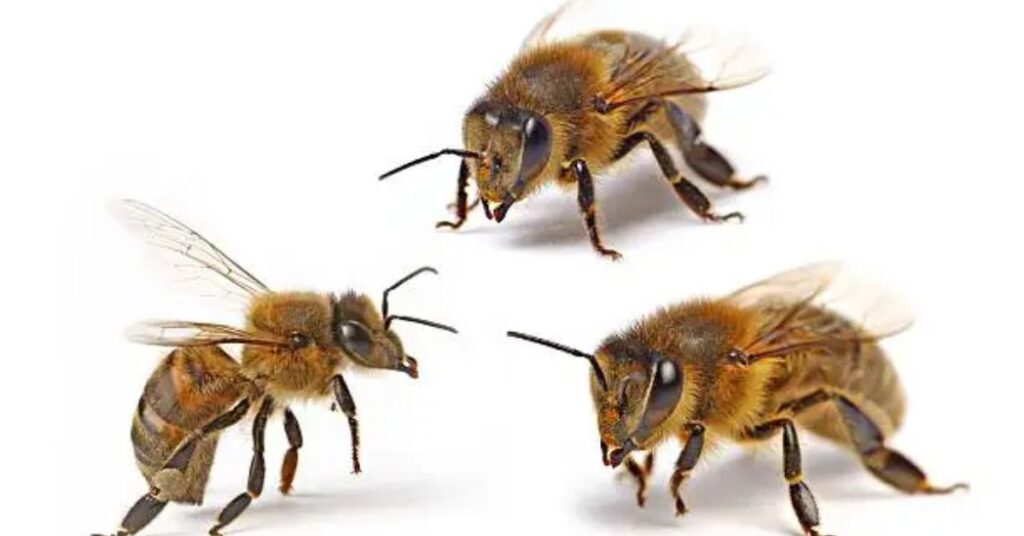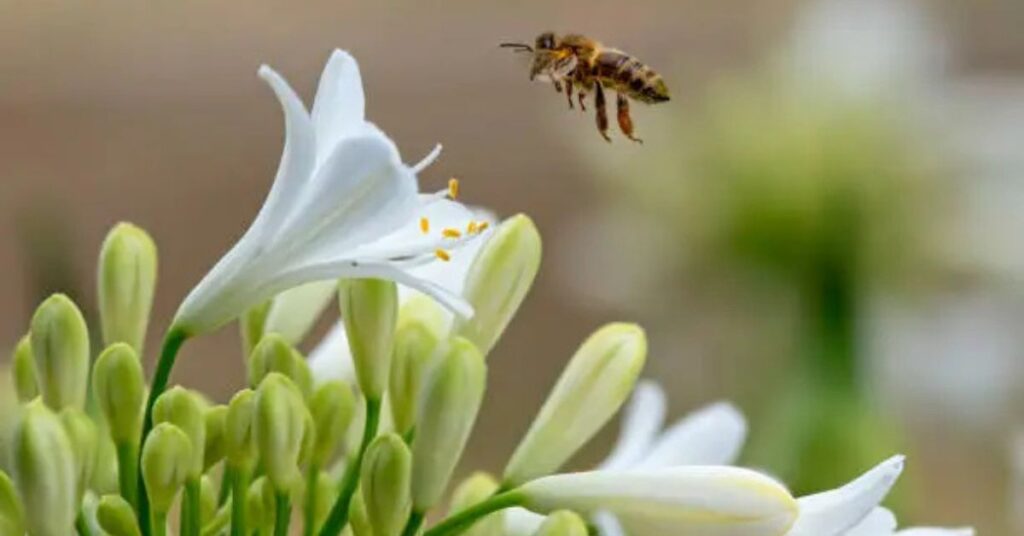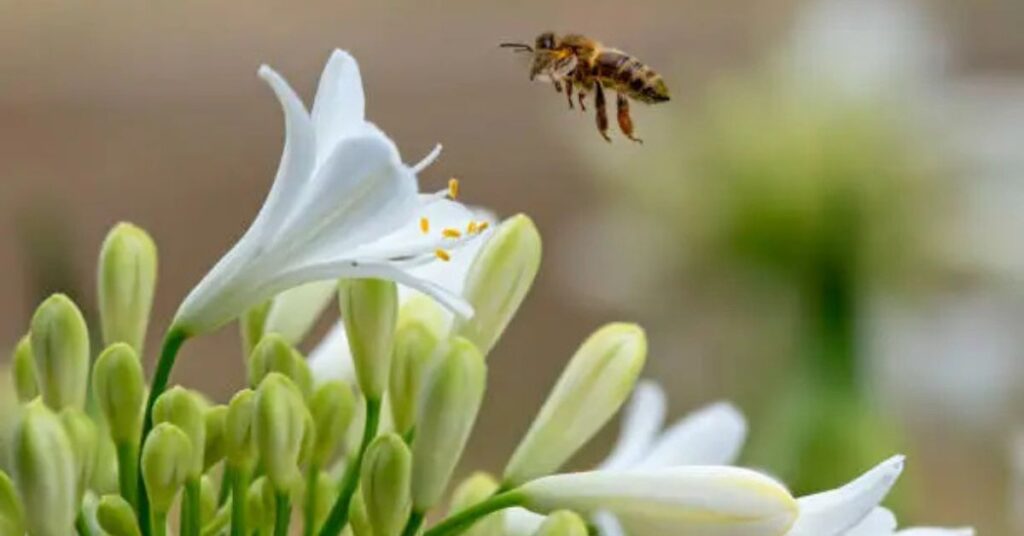Healthy bees are the backbone of agriculture and the environment. However, their populations are decreasing due to threats like pesticides, habitat loss, diseases, and climate change. It is very crucial to bees’ health as these are essential for the survival and maintenance of our ecosystem. Bees play a vital role in bee pollination, which directly impacts food production and biodiversity.
In this article, you will discover simple yet effective tips to protect and care for your bees’ health. From understanding the importance of bees to identifying common threats and implementing essential practices, this article covers everything you need to know to ensure your bees thrive. Let’s dive in!
The Importance of Bee Health

Bee health is essential for maintaining the environment and supporting human life. These are among the most efficient pollinators, helping to grow fruits, vegetables, and flowers. Food production can decline significantly without healthy bees and leading to a ripple effect on ecosystems and economies.
Perfect for Pollination:
Bees pollinate over 70% of crops, making them indispensable for agriculture and human food systems. They are responsible for the pollination of crops like almonds, apples, blueberries, and cucumbers. Without bees, many of the foods we rely on would become scarce or disappear entirely.
Environmental Balance:
Bees support the growth of plants that form the foundation of many ecosystems. These plants provide food and shelter for other animals, creating a balanced and thriving environment. Bees also contribute to the beauty and diversity of natural landscapes.
Economic Value:
Bees contribute billions of dollars annually to the global agricultural industry. Their pollination services are vital for the production of crops, which in turn supports farmers, food industries, and economies worldwide.
World Food Security:
Many foods, such as almonds, apples, and berries, depend entirely on bee pollination. The availability of these nutrient-rich foods would decline, threatening global food security and nutrition, without bees.
Common Threats to Bee Health

Bees face numerous challenges that affect their survival and health. Understanding these threats is the first step toward protecting them:
You may also read and like this: Electric Bike: The Future of Eco-Friendly and Smart Transportation
Pesticides:
Pesticides and particularly neonicotinoids are highly toxic to bees. They can impair bees’ ability to navigate, forage, and communicate, ultimately weakening their immune systems and leading to bee colony collapse. To mitigate this, consider using natural alternatives like neem oil or companion planting, which can deter pests without harming bees.
Parasites and Diseases:
Bee colonies are often destroyed by tiny but deadly threats like Vorra mites and Nosema. Varroa mites feed on bees’ blood, weakening them and spreading viruses, while Nosema is a fungal infection that affects bees’ digestive systems. Regular hive inspections and organic treatments, such as formic acid or oxalic acid, can help control these issues.
Climate Change:
Rising temperatures and unpredictable weather patterns disrupt bees’ natural behaviors. For example, warmer winters can cause bees to become active too early, depleting their energy reserves before spring flowers bloom. Planting diverse, climate-resilient flora can help bees adapt to these changes.
Habitat Loss:
Urbanization and agricultural expansion have led to the destruction of natural habitats, reducing the availability of food and nesting sites for bees. Creating bee-friendly environments by planting native flowers and providing shelter can help counteract this loss.
Essential Practices for Keeping Bees Healthy
Creating a supportive environment for bees involves providing clean water, avoiding harmful chemicals, and monitoring hives regularly. Healthy bees not only support your apiary but also contribute to pollination and ecosystem balance. Here are some essential practices to follow:
Provide Clean Water:
Bees need clean water for hydration, cooling the hive, and making honey. Provide shallow water sources like bird baths or small containers with floating corks to prevent drowning. Replace the water regularly to keep it fresh and free of contaminants.
Use Natural Hive Management Techniques:
Avoid using harmful chemicals in the hive, as they can disturb and harm bees. Instead, opt for organic beekeeping methods. For example, essential oils like thyme and lemongrass can help deter mites and improve hive health.
Ensure Proper Nutrition:
Healthy bees require diverse sources of nectar and pollen. Plant native flowers for bees, such as lavender, sunflowers, and wildflowers, that bloom throughout the year to provide a continuous food supply. This diversity ensures bees receive essential nutrients, boosting their immunity and energy levels.
Hive Monitoring:
Regular inspections are key to catching problems early. Check for signs of pests, diseases, or abnormal behavior. Look for proper queen activity, balanced brood patterns, and adequate honey storage. Early detection allows for timely solutions, keeping the colony strong and resilient.
Creating a Bee-Friendly Environment
A bee-friendly environment is key to supporting healthy colonies. Start by planting native flowers that bloom throughout the year. Choose varieties rich in nectar and pollen, such as lavender, sunflowers, and wildflowers. These plants provide essential food for bees and enhance the beauty of your surroundings.
Avoid Pesticides:
Chemical pesticides are harmful to bees and other pollinators. Instead, use natural pest control methods like introducing beneficial insects or using organic sprays. Companion planting, such as growing marigolds alongside vegetables, can also deter pests naturally.
Provide Safe Habitats:
Bees need safe places to nest and thrive. Build simple bee shelter ideas using wood blocks with drilled holes or bundles of hollow stems. Place these in sunny, sheltered spots to attract solitary bees. For honeybees, ensure hives are well-ventilated and protected from extreme weather.
Offer Water Sources:
Bees need access to clean water, especially during hot weather. Create shallow water sources like a small dish with pebbles or marbles for bees to land on safely. This prevents drowning and ensures bees stay hydrated.
Conclusion
Healthy bees are vital for ecosystems, agriculture, and food security. By addressing threats like pesticides, parasites, and habitat loss, providing proper care, and creating safe environments, we can help bees thrive. Their survival ensures the health of our planet and the sustainability of our food systems.
Take action today by planting a bee-friendly environment, reducing pesticide use, and supporting local beekeepers. Small steps can make a big difference for bees and nature. Together, we can create a world where bees continue to buzz with health and vitality.







